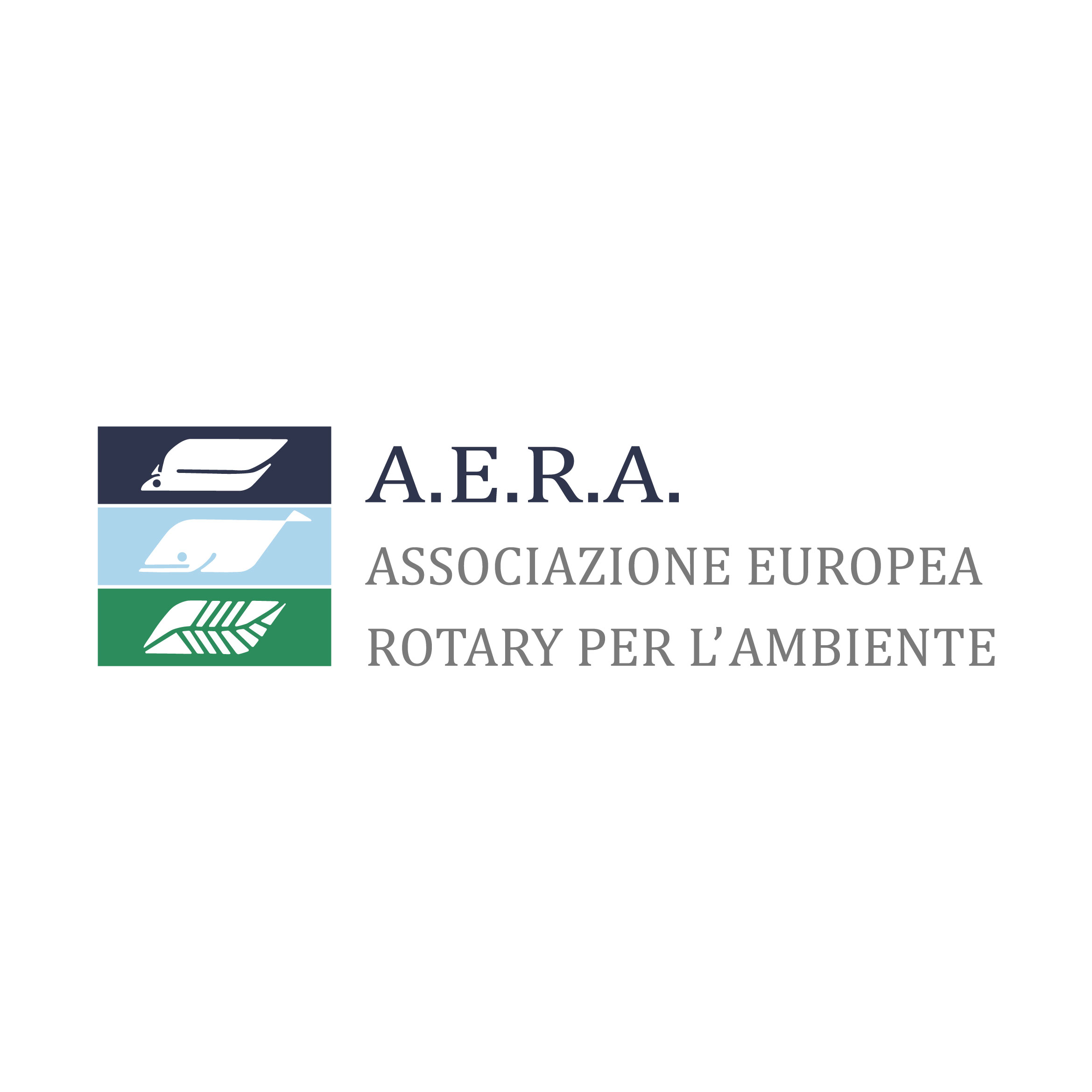IMP.A.C.T (IMPatto Acustico sui Cetacei in Toscana)
Progetto sullo studio di acustica marina per l’individuazione di gruppi di cetacei e loro variazioni comportamentali
Abstract
It is well known that anthropogenic sounds can affect the biology of cetaceans in various ways.
The only accepted limit is set at 180 dB of emission, the level above which it is certainly possible to cause irreparable damage to cetaceans. However, it has been documented that cetaceans begin to exhibit behavioral responses at exposure levels of approximately 110 dB and more than 80% of the species observed show to completely avoid 130 dB sounds.
In this study the area between Viareggio and Livorno was monitored acoustically, recording the emission levels of different types of boats. Livorno Area: ships with direction to and from the Livorno harbor like cargo ships, ferries, cruise ships. Viareggio area: small boats like fishing boats, motor yachts and sailing boats. Data collected between March and July 2019. Acoustic recordings: Aguatech Digital hydrophone for recording acoustic data in the 10Hz – 25kHz band; Environmental characteristics of the areas: Ageotec IMSV CTD probe with Temperature, Depth, Conductivity sensors, direct calculation of the speed of sound.
Results – No dolphin sightings in Livorno Area, maximum emission level at low frequencies (up to 500Hz) of 141 dB (average of 121 dB up to 160Hz, distance from the source 500m); 10 sightings of dolphins in Viareggio area, expecially in association with trawling nets. Maximum emission level at medium-low frequencies (up to 5kHz) of 136 dB (motoryacht, distance from the source 200m). Fishing boats produce a maximum of 126dB at 40Hz at 150m, enough to cause behavioral changes.
According to other studies, the results show how the opportunist behavior of the bottlenose dolphin leads him to frequent even areas with high acoustic stress (near trawlers), but to almost completely avoid areas that are not advantageous as the area in front of the Livorno commercial harbour.
Increase acoustic monitoring in order to study action plans to preserve the biodiversity of the seas is one of the way to maintain the use of the marine environment at a sustainable level, coexisting with human activities.
Per il lavoro completo rivolgersi alla segreteria AERA.


